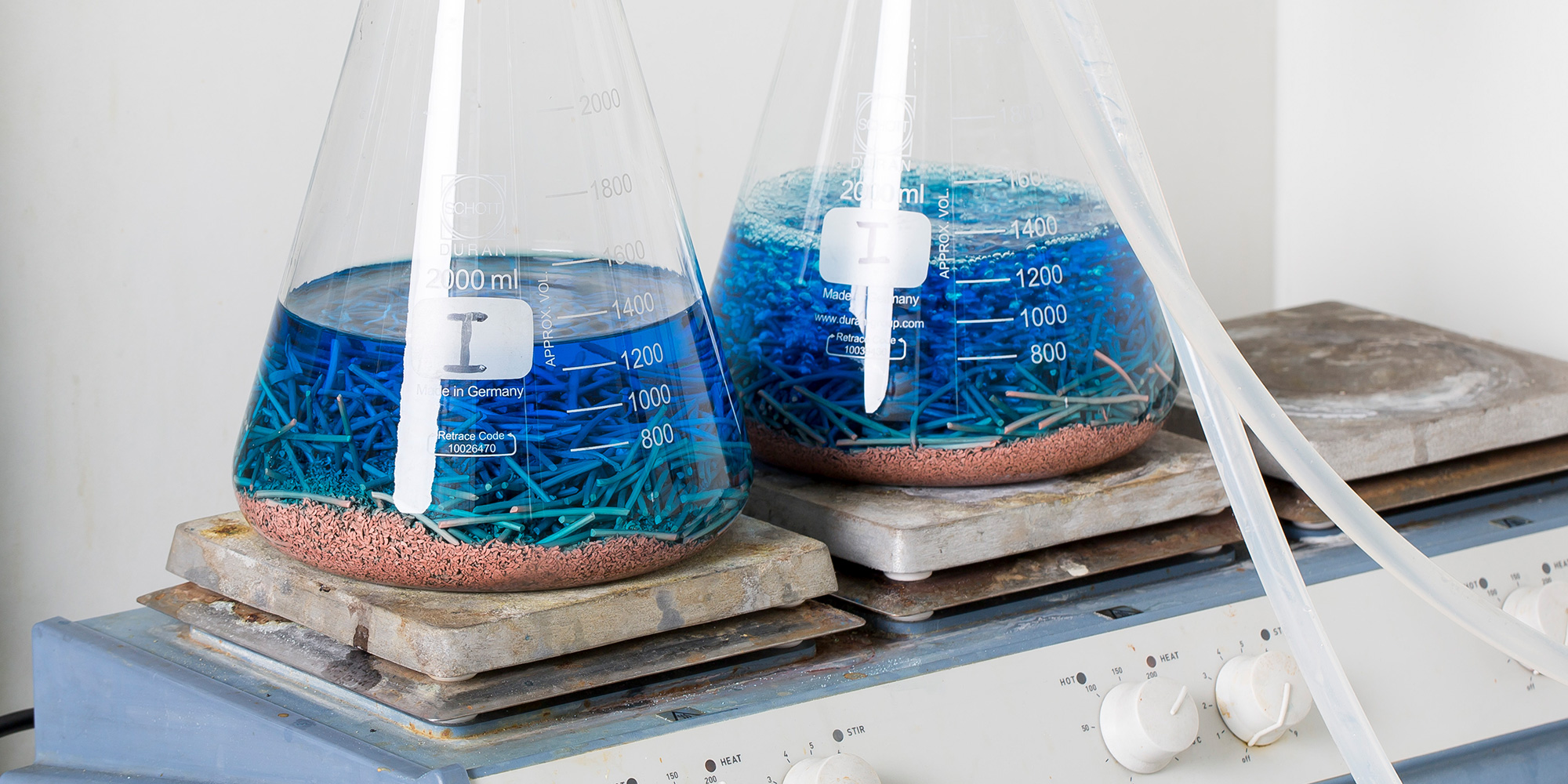UOP 1004 Corrosion Potential of Process Streams Test
The UOP 1004 Corrosion Potential of Process Streams Test is a critical analytical procedure used to evaluate the corrosivity of process streams in oil and gas industries. This test helps determine the potential for corrosion within complex systems, which can lead to significant operational issues if not properly managed. Understanding the corrosive nature of these process streams is essential for maintaining equipment integrity and ensuring safety.
Corrosion in oil and gas facilities is a significant concern due to its ability to degrade materials used in pipelines, storage tanks, and other critical components. The UOP 1004 test provides a means to quantify the corrosive potential of process fluids, thereby allowing for proactive measures to be implemented. By identifying high-risk areas early on, businesses can take steps to mitigate corrosion risks through material selection, process adjustments, or operational changes.
The primary objective of this test is to measure the corrosion potential (CP) of various process streams using a standardized methodology. CP refers to the tendency of a metal surface to corrode under specific conditions. This measurement serves as an indicator of how susceptible the materials in contact with these streams are likely to be affected by corrosive environments.
During the UOP 1004 test, samples from different process streams are analyzed using electrochemical techniques. These tests typically involve placing a standard reference electrode and a sample electrode into the liquid stream for an extended period. The potential difference between these electrodes provides data on the corrosion rate of the material immersed in that particular fluid.
This information is crucial for several reasons. First, it allows companies to make informed decisions regarding maintenance schedules and material choices. Second, it helps identify which process streams require more stringent monitoring or control measures. Lastly, it supports efforts aimed at reducing downtime caused by unexpected failures due to corrosion.
The accuracy of the UOP 1004 test is further enhanced through rigorous adherence to international standards such as ASTM G58-19 and ISO 23766:2019. These guidelines provide clear instructions on sample preparation, testing conditions, and data interpretation, ensuring consistent results across laboratories.
In summary, the UOP 1004 Corrosion Potential of Process Streams Test plays a vital role in safeguarding oil and gas operations from costly corrosion-related issues. Its ability to provide detailed insights into corrosive environments makes it an indispensable tool for quality managers, compliance officers, R&D engineers, and procurement teams.
Applied Standards
The UOP 1004 test is aligned with several international standards that ensure its reliability and accuracy. These include:
- ASTM G58-19: Standard Practice for Determining the Corrosion Potential of Metals in Liquid Systems Using a Reference Electrode.
- ISO 23766:2019: Electrochemical measurement methods – Determination of corrosion potential.
These standards provide comprehensive guidance on sample preparation, testing procedures, and data interpretation. Adherence to these guidelines ensures that the results from any UOP 1004 test are consistent and comparable across different laboratories.
Quality and Reliability Assurance
- Data Validation: Each set of test results undergoes rigorous validation checks against established benchmarks to ensure accuracy.
- Laboratory Accreditation: Our facility is ISO/IEC 17025 accredited, ensuring compliance with recognized quality management standards.
- Continuous Training: All staff members receive ongoing training to stay updated on the latest methodologies and technologies.
- Standard Operating Procedures (SOPs): Comprehensive SOPs are in place to guide every aspect of our testing processes.
- Regular Calibration: Instruments used in UOP 1004 tests are regularly calibrated against national standards to maintain precision and accuracy.
- Internal Audits: Regular internal audits ensure adherence to all quality assurance protocols.
We pride ourselves on delivering reliable and accurate results for our clients. Our commitment to excellence is reflected in the thoroughness with which we approach each test, from initial sample collection through final analysis.
Environmental and Sustainability Contributions
The UOP 1004 Corrosion Potential of Process Streams Test contributes significantly to environmental sustainability by helping companies minimize waste and reduce operational costs associated with corrosion-related failures. By identifying high-risk areas early on, businesses can implement preventive measures that extend the life span of equipment while reducing resource consumption.
Moreover, this test supports efforts aimed at improving process efficiency through optimized material selection and improved understanding of corrosive conditions. This not only enhances safety but also promotes responsible use of resources by minimizing waste generation and energy consumption during production processes.
The data generated from UOP 1004 tests can be used to design more resilient infrastructure, which in turn supports long-term environmental stewardship goals. By ensuring that facilities operate efficiently and safely, we contribute positively towards sustainable development objectives.





